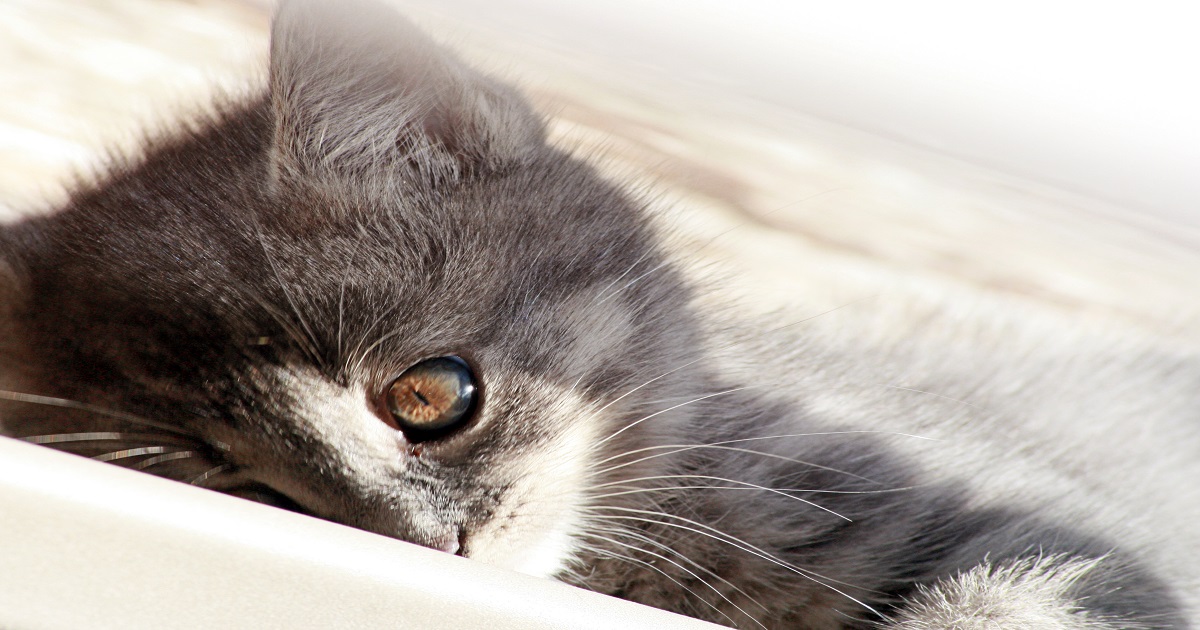As a cat owner, interpreting the nuanced cues of your feline companion’s behavior is essential. One of the critical aspects of this communication is understanding ‘sick cat body language’. This includes identifying significant changes in your cat’s routines, eating habits, bathroom behavior, and more, which may indicate illness. Here, we dive deeper into the signs and symptoms that can help you spot a sick cat and ensure they get the veterinary attention they need promptly.
Identifying Behavior Changes: The First Sign
One of the primary indicators that your cat might be unwell is a noticeable shift in their behavior. If your usually active and playful cat has become lethargic or withdrawn, or is showing a lack of interest in food, it’s time to pay attention. Such behavioral changes might indicate that your cat isn’t feeling well, and it could be a good idea to schedule a vet visit.
Recognizing Changes in Appetite
Appetite changes are often a significant signal of a sick cat. If your cat is eating less or has stopped eating altogether, this is a severe sign. Lack of appetite can lead to dehydration and malnutrition, conditions that demand immediate veterinary attention.
Understanding Bathroom Habits
Changes in your cat’s bathroom behavior can be key indicators of health issues. If your cat is urinating or defecating more or less frequently, or if they have diarrhea or constipation, it’s essential to consult your vet.
Vomiting and Diarrhea: Common Illness Indicators
Vomiting and diarrhea are common symptoms of a sick cat. If your cat exhibits these symptoms, they need to be seen by a vet as soon as possible to prevent potential dehydration and to diagnose the underlying condition causing these symptoms.
Noticing Changes in Breathing
Changes in breathing patterns can also point towards sickness. If your cat is breathing faster or harder than usual or making wheezing or coughing noises, it could be a sign of a respiratory infection or other serious condition.
Deciphering Unusual Vocalization
A change in vocalization can also be a sign of distress. If your typically quiet cat starts meowing loudly or making strange noises, they may be in discomfort or pain. These changes in vocalization could be significant indicators of ‘sick cat body language’.
Grooming Habits and Sick Cat Body Language
Cats are known for their grooming habits, and a deviation from their typical grooming routine can signal health problems. If your cat isn’t grooming themselves as usual, is excessively licking their fur, or has matted fur, it could be a sign of skin infections, allergies, or pain.
Changes in Sleep Patterns
Another sign to watch for is changes in your cat’s sleep patterns. If your cat sleeps more than usual or is having trouble sleeping, a checkup with your vet may be necessary.
Understanding Your Cat’s Body Language
Understanding sick cat body language involves more than observing changes in their routines or behaviors. It’s also about interpreting the subtleties of their physical language.
- Eyes: A cat’s eyes can speak volumes. Wide eyes indicate excitement or fear, while a squinting cat is usually relaxed or content.
- Ears: Ears can also give clues about a cat’s mood. Ears back may indicate your cat is feeling threatened or defensive, while ears forward suggest curiosity or alertness.
- Tail: The position and movement of a cat’s tail can reveal their mood. A straight tail signifies confidence or relaxation, while a twitching tail may indicate anxiety or excitement.
- Fur: A cat’s fur can also express their emotional state. Raised fur suggests defensiveness or threat, while flattened fur indicates relaxation or submission.
By being vigilant and understanding your cat’s body language, you can catch early signs of illness and ensure they get the necessary care promptly. Observing these signs, along with regular vet checkups, can help maintain your cat’s health and happiness. So, tune into your feline friend’s signals and give them the care they deserve.


